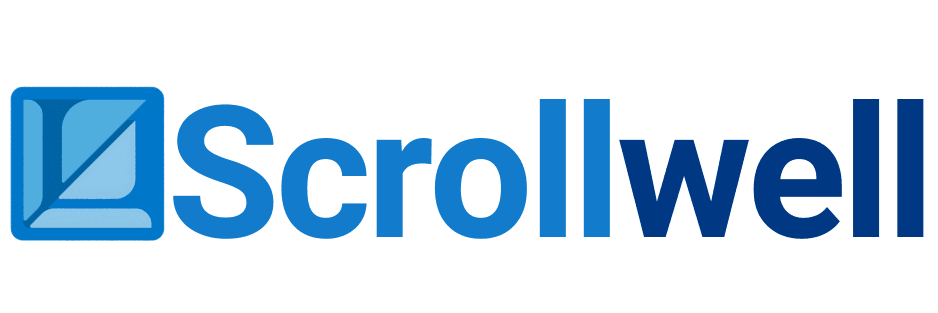Comparing ATAL FDP Proposal Structure with Other FDPs
Faculty Development Programs (FDPs) in India are supported by multiple institutions such as AICTE, UGC, and universities. Each has its own proposal process. However, the ATAL FDP proposal format stands out for its structured, outcome-oriented approach.
What Makes ATAL FDP Proposal Format Unique?
1. AICTE Alignment
The ATAL FDP proposal format is directly aligned with AICTE’s national priorities such as NEP 2020, technology adoption, and innovation-driven learning.
2. Emphasis on Emerging Tech
Unlike many university-level FDP formats, ATAL Academy mandates inclusion of cutting-edge technologies like AI, robotics, and data science.
3. Outcome-Based Framework
Whereas traditional FDP proposals may focus on lecture schedules, ATAL’s format demands clear outcomes, such as measurable faculty skill upgrades or new research directions.
How Other FDP Formats Differ
- UGC FDP Proposals – More focused on pedagogy, research methodology, and general teaching skills.
- University FDP Proposals – Often vary widely in format, sometimes less standardized than ATAL’s.
- Corporate-Sponsored FDPs – Typically emphasize industry-specific skills and professional certifications.
Why Institutions Prefer ATAL FDPs
- Clear structure for approval and funding.
- Focus on innovation in teaching.
- Nationwide recognition through AICTE.
Scrollwell’s Perspective
At Scrollwell, we design FDPs that comply with the ATAL FDP proposal format while also incorporating best practices from other models. This ensures our programs are:
- Innovative yet structured.
- AICTE-approved for credibility.
- Future-ready for the evolving needs of educators.
You can explore our upcoming FDPs at Scrollwell Programs.
Conclusion
The ATAL FDP proposal format is more standardized, forward-looking, and aligned with national educational goals than other FDP formats. Institutions that adapt to its requirements are better positioned to gain approval and deliver impactful faculty training.
Join the Scrollwell WhatsApp Community
Get timely updates on faculty jobs, FDPs, research opportunities, and professional development resources. Connect with a growing network of educators across India.
Join WhatsApp


